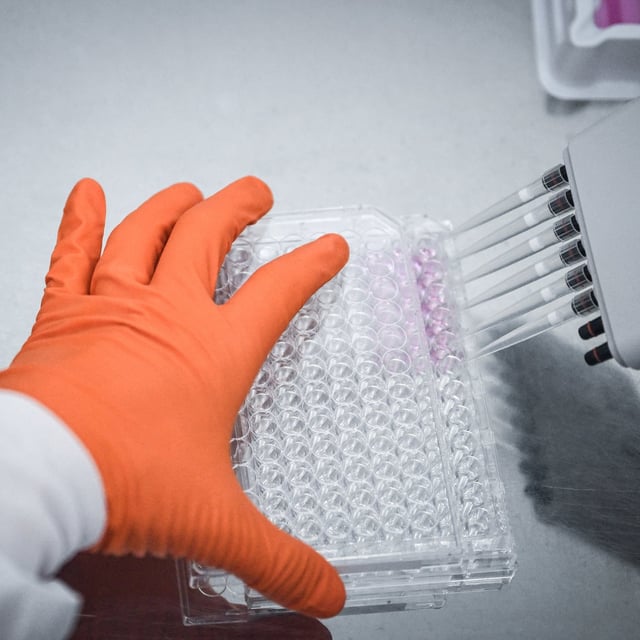Overview
- A PNAS study by Amaral and Richardson shows paper mills are doubling fraudulent publications every 18 months, while legitimate articles double only every 15 years.
- Corrective measures such as retractions and journal de-indexing are rising at a much slower pace, doubling every 3.5 years and expected to address just 15–25% of fraudulent outputs.
- Frontiers Media, Springer Nature and other major publishers have issued record-size retraction batches after uncovering organized networks that manipulated images, citations and sham peer review.
- Indexing services including Web of Science and Scopus have deployed proprietary AI tools since 2023 to flag anomalous content and remove suspect journals from their databases.
- Researchers and integrity experts are calling for enhanced editorial oversight, restructured publication incentives and stronger AI governance to safeguard the credibility of the scientific record.


